I tested ‘modular headphones’ – here’s why they’re the future of tech
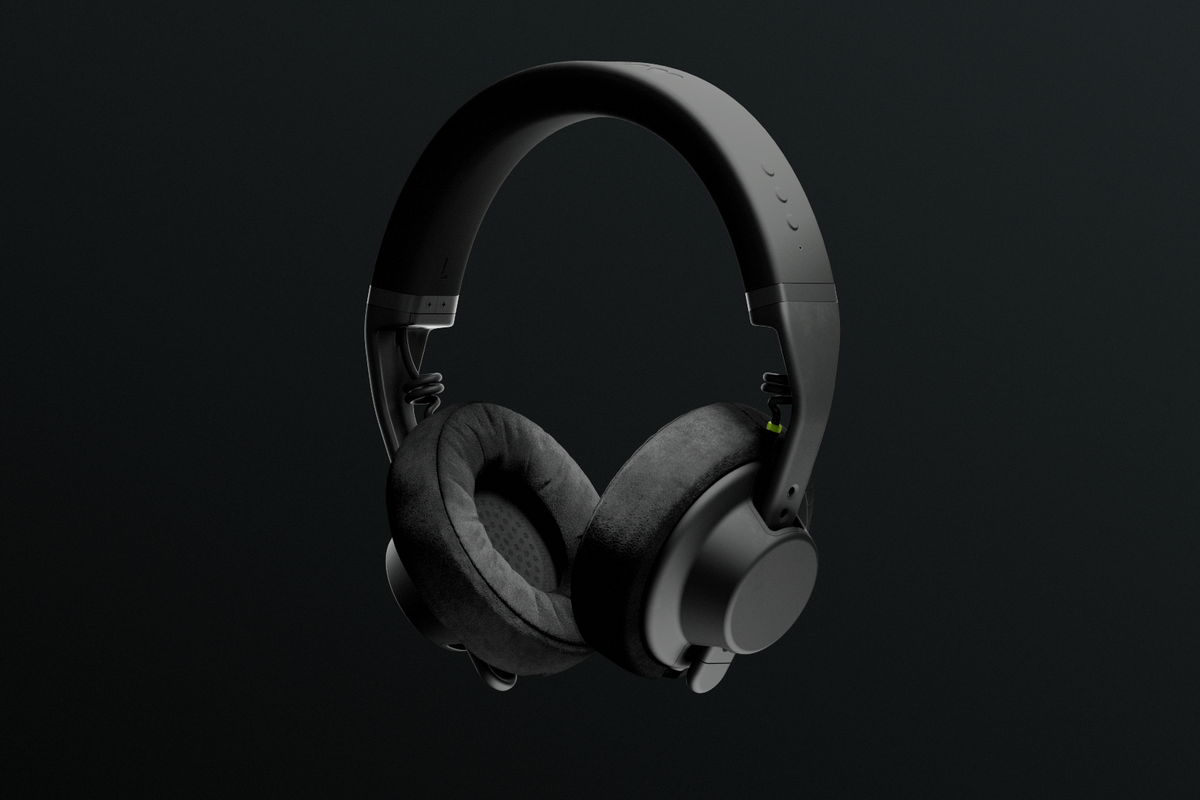
The first time you ever use AIAIAI’s modular headphones, you must begin by opening six separate bags. Within each bag is a different component that you need to connect to the others, before finally plugging them in or turning on the Bluetooth. But this unconventional assembly process, which takes around five minutes, is a minor inconvenience for what is potentially a seismic shift in how we approach electronics and sustainability.
Danish audio firm AIAIAI – pronounced ‘I, I, I’ – has designed its latest TMA-2 Studio Wireless+ headphones to be completely modular, separating the headband, speaker units, ear cushions, wireless transmitter, and cables. Each of these components can therefore be replaced if they break, upgraded to a newer or better part, or assembled in a different configuration for different uses.
“Our goal was not to create the flavour of the month, but something that would be relevant for many many years,” AIAIAI founder Frederik Jørgensen tells The Independent.
“Modularity offers a much more sustainably efficient way to replace and upgrade a product and create less waste during the product’s lifetime. This is important in every industry, but even more so in tech where technology often evolves quickly resulting in a short lifetime of products. This calls for a need for much more responsibly and cleverly designed products.”
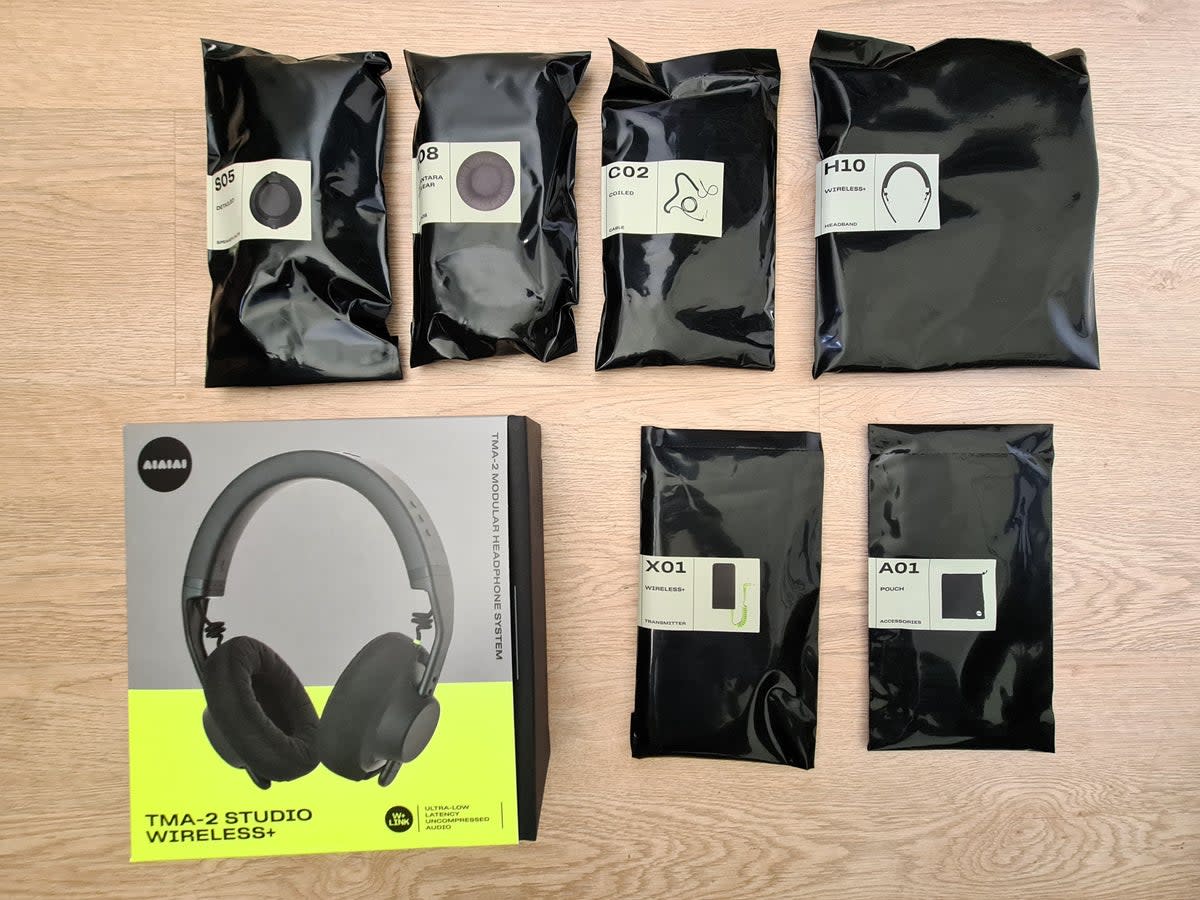
It is not the first attempt at modularity for consumer electronics. Google famously introduced the concept for smartphones with its Project Ara, but the effort failed before reaching customers.
Dutch firm Fairphone has made a more successful effort with its modular phones that allow users to swap out everything from the battery to the camera component. The company has also launched its own over-ear headphones that can be taken apart, however reviewers have complained of poor sound quality relative to their premium £200 price.
What makes AIAIAI’s similarly-priced headphones different is that they are made by a company whose primary focus has been audio for nearly two decades. These are designed specifically for music creators, which means there are no shortcuts when it comes to sound quality.
The sound is indeed exceptional. I am not an audiophile, but I’ve tried or reviewed most of the off-the-shelf brands – from Bose to Beats – and it matches the best of them. In terms of comfort, only the pillow-like Bose felt better on my head, and wearing them for six hours in a row left no marks or discomfort.
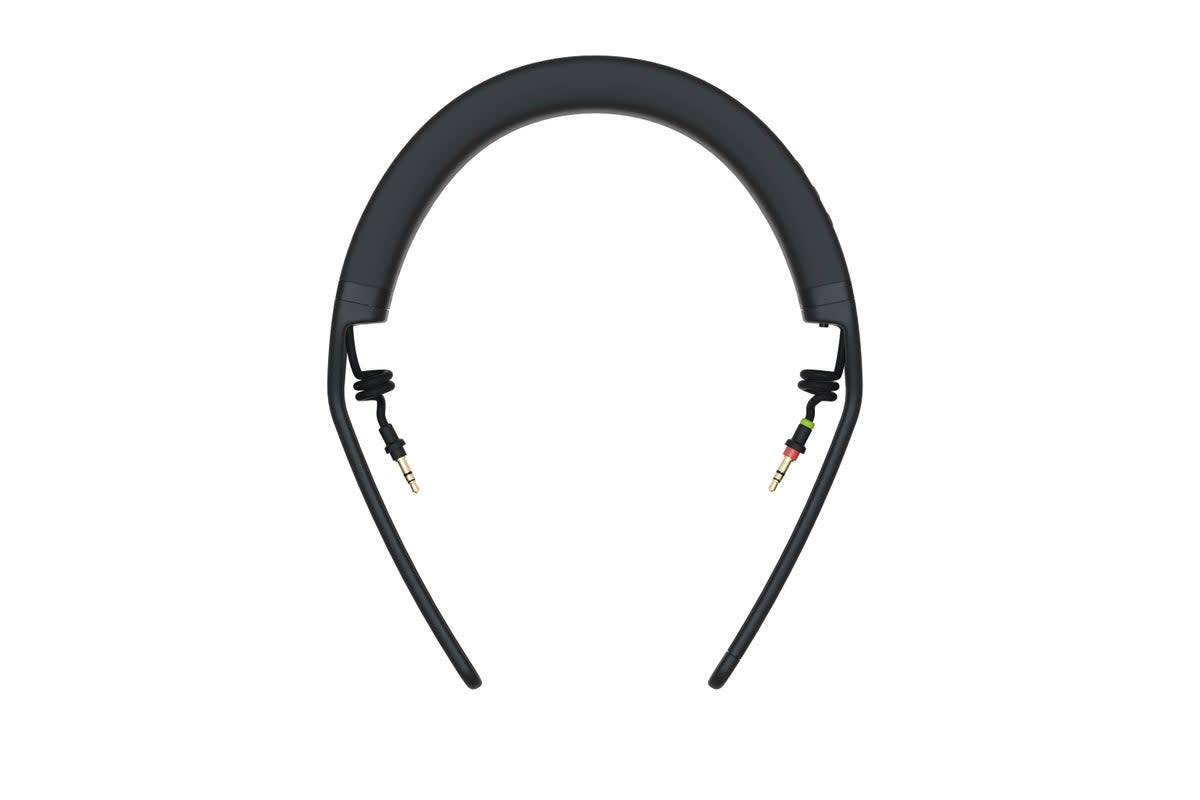
People who do understand things like frequency response and total harmonic distortion are also convinced of their credentials. They’re used by the likes of Bonobo and Annie Mac, while one expert audio reviewer described them as “top notch and exactly what you would expect from a premium pair of headphones”.
It’s therefore not surprising that the first thing you see when you visit the company’s website is a bold statement that AIAIAI is “dedicated to empowering the future of music creation”. But its latest headphones point to not just the future of music, but the future of consumer electronics.
“Sustainability is the future of electronics,” Philipp Pratt, an innovation expert at Geonode, tells The Independent. He points to a growing trend “towards a future where electronics are innovative, efficient and kind to our planet”.
Pratt points to the 54 million tons of e-waste generated by the electronic industry each year, according to a 2023 report published by the World Economic Forum. A separate report from the United Nations last month found that the world’s generation of electronic waste is rising five times faster than e-waste recycling. The problem is only going to continue to get worse unless various solutions are implemented.
“Simply put: Business as usual can’t continue,” said Krees Baldé, lead author of the UN’s report, who called for “greater investment in infrastructure development, more promotion of repair and reuse, capacity building, and measures to stop illegal e-waste shipments”.
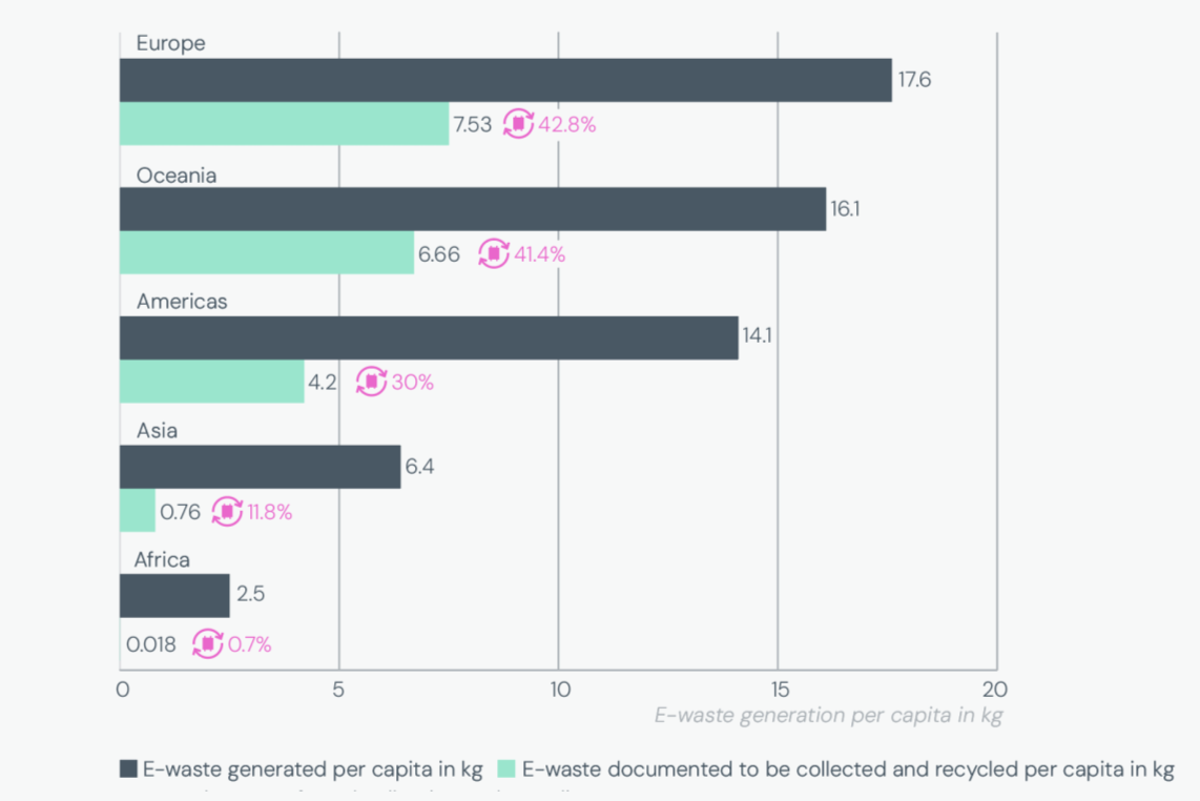
One of these ways is for manufacturers to rethink how they produce their products. AIAIAI uses recycled plastics for its headphones, while also subscribing to the right-to-repair movement. It offers detailed instructions on its website for how to fix any individual part that might break. And if mending them yourself isn’t an option, then each individual part can be ordered as a replacement.
For those who have outgrown the headphones, there is also a trade-in incentive scheme called Remixed, meaning AIAIAI fits with all of the three tenets of sustainability: Reduce, reuse, recycle.
They may be one of the first, having introduced recycled materials and repairability more than a decade ago, but the trend seems to be catching on.
“Until fairly recently we were one of a small number of companies putting a focus on sustainability. Now, it’s really encouraging to see more companies in our industry embracing sustainable materials and practices,” Tom Fletcher, AIAIAI Product Manager, tells The Independent.
Founder Frederik Jørgensen adds: “More companies are also starting to use recycled materials, we can see that more manufacturers are making this available which is great for the industry as a whole. For us that is very inspiring, that we can be part of pushing some boundaries and creating impact on the industry.”
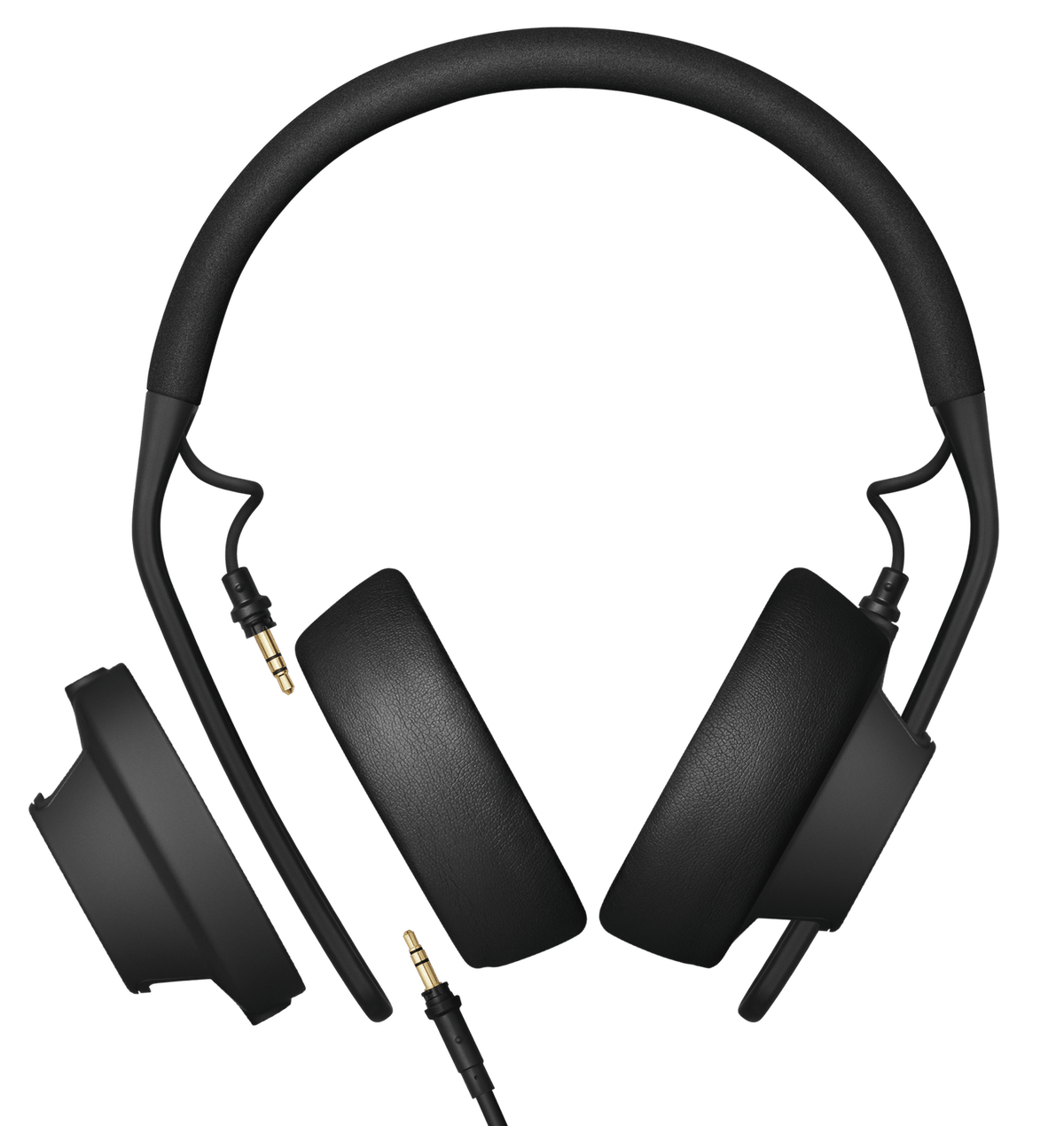
For some, the biggest draw to these headphones will be the promise of lag-free wireless connection through an external transmitter, allowing them to play live music or edit videos without the noticeable delay that a Bluetooth connection brings.
For others, the main selling point may be the astonishing battery life. I’ve been using them daily for a month using Bluetooth and they are still at 80 per cent. Others still may be attracted by the minimalist, matte black aesthetic that fits in with their utilitarian design.
But more than an excellent pair of headphones, they are quietly offering a model in how electronics can be produced sustainably and successfully.
“For us as a smaller company it is very inspiring and encouraging to be able to raise awareness on the urgency for improvements and supporting others in learning how to do this,” Jørgensen says.
“We all need to keep getting better - it’s an ongoing process where even small steps matter.”
